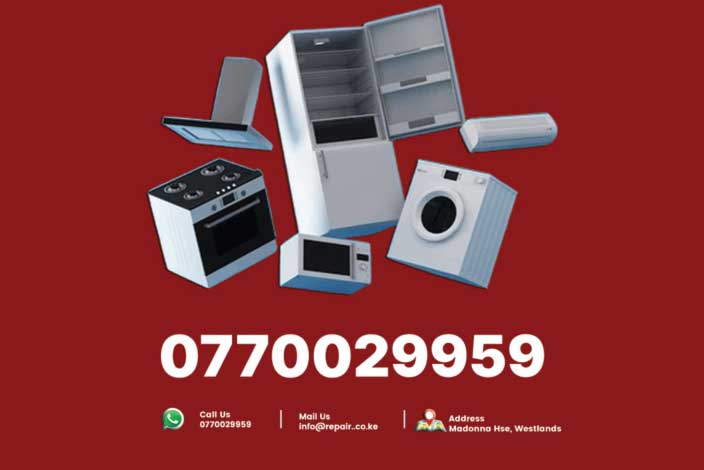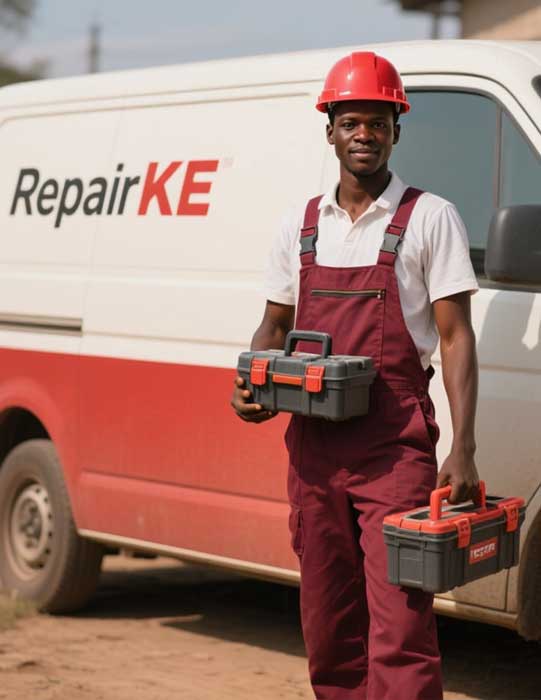Overheating is a common problem in welding machines, particularly during prolonged use or in high-temperature environments. This fault can lead to reduced performance, component damage, or complete machine shutdown, as most modern welders have built-in thermal overload protection.
Overheating typically occurs when the machine’s cooling system—consisting of fans, vents, or liquid cooling mechanisms—fails to dissipate heat effectively. Dust and debris accumulation in vents or fans can obstruct airflow, causing the machine to overheat. Similarly, operating the welder beyond its duty cycle, which specifies the maximum time a machine can run before needing a cooldown, is a frequent cause. For example, a machine with a 60% duty cycle at 200 amps should only be used for six minutes out of ten, with four minutes of rest.
To diagnose overheating, check for warning indicators, such as a thermal overload light or automatic shutdown. Inspect the cooling system for blockages, ensuring vents and fans are clean and functional. Verify that the machine is operating within its duty cycle and that the ambient temperature is within the manufacturer’s recommended range, typically below 40°C. If the machine continues to overheat, internal components like the thermostat or cooling fan motor may be faulty and require professional repair.
Preventive measures include regular cleaning of vents and fans to ensure unobstructed airflow. Operate the machine within its duty cycle and avoid using it in excessively hot or poorly ventilated environments. For liquid-cooled systems, check coolant levels and ensure the pump is functioning correctly. By maintaining proper cooling and usage practices, welders can avoid overheating and prolong machine reliability.






